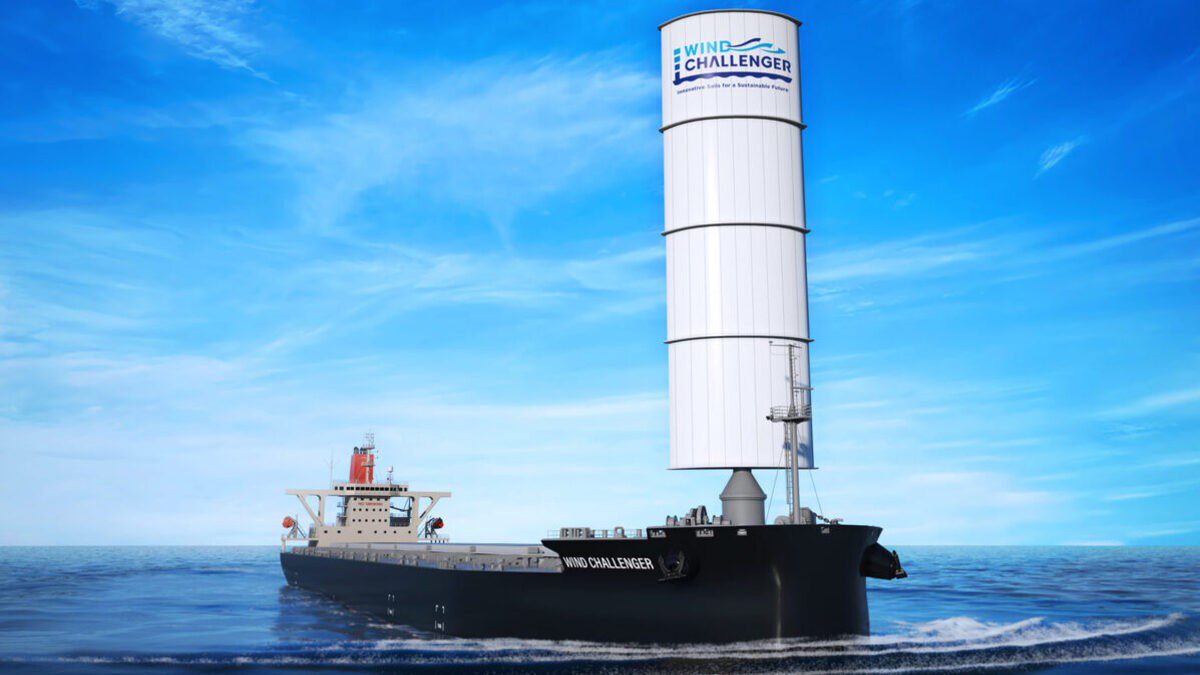ind Challenger is Japan-based Mitsui OSK Lines’ (MOL) automated telescopic hard sail technology that converts wind energy to propulsive force with the potential to significantly reduce fuel consumption
The vessel will be built by Oshima Shipbuilding and is expected to be delivered in 2024, becoming the second Wind Challenger-equipped vessel in the MOL Group fleet. The first bulk carrier (for Tohoku Electric Power Co) to be equipped with the wind propulsion system is slated to be delivered this October
A subsidiary, MOL Drybulk, will operate the second vessel, which will transport wood pellets for Enviva, a leading producer of wood pellets.
Wind propulsion is gaining traction as a serious option for shipowners. Lloyds Register has granted an approval in principle (AiP) to Smart Green Shipping, another sail developer, for its FastRig wing sail technology system. And MOL Group said it is examining the feasibility of adopting Anemoi Marine Technologies’ rotor sails system.
The rotor sails are tall cylindrical mechanical sails that use wind energy to provide auxiliary propulsion. A bulk carrier design using Anemoi’s rotor sails received an AiP from Lloyd’s Register in June and dry bulk shipowner Berge Bulk has agreed to fit two of its dry bulk carriers with Anemoi’s rotor sails. The Japanese shipowner believes combined use of both the Wind Challenger and rotor sail can reduce greenhouse gas emissions by an average of 20%.
MOL and a subsidiary MOL Tech-Trade (MOLTT) are also working with Tokai University and Akishima Laboratories to study wind-powered propulsion of vessels by applying aerospace engineering technologies.
MOL, MOLTT, and Akishima Laboratories have moved ahead with the adoption of their jointly developed ISHIN ship design which uses wind as a propulsive force to cut carbon emissions. The partners will proceed towards advanced joint development aimed at optimising the hull shape for wind-powered vessels, which adopts aerospace engineering technologies in ISHIN ship design, in collaboration with Tokai University’s associate professor at the department of aeronautics and astronautics, Dr Kota Fukuda.






